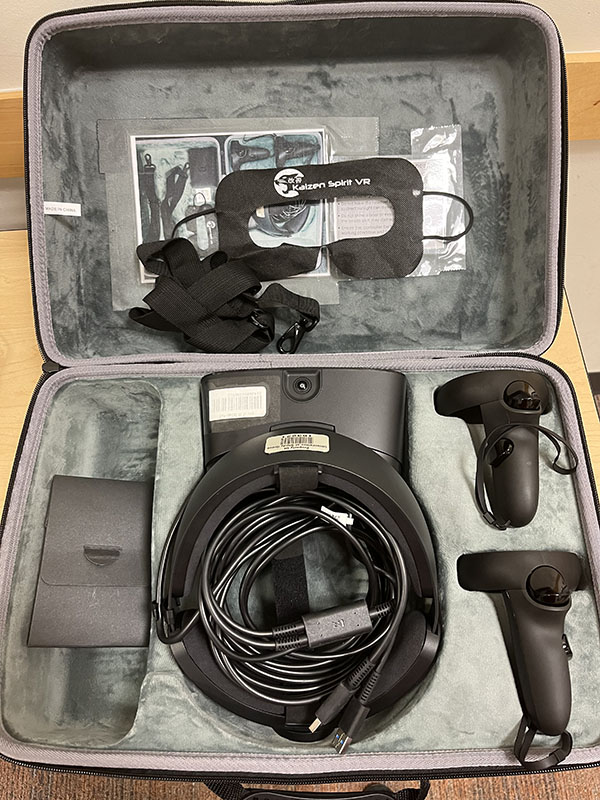The Oculus Rift S is a gateway to the world of virtual reality (VR). With its immersive experiences, you can explore new worlds, play games like never before, and even use it for productivity and collaboration. In this guide, we'll walk you through the basics of setting up and using your Oculus Rift S headset.
What is Oculus Rift S?
The Oculus Rift S is a PC-powered VR headset developed by Oculus, a subsidiary of Facebook (now Meta). It's designed to provide an immersive VR experience by tracking your head and hand movements, allowing you to interact with virtual environments in a more natural and intuitive way. With a high-resolution display and built-in audio, the Rift S offers a compelling VR experience for both gaming and productivity.
System Requirements
Before you get started, make sure your PC meets the minimum system requirements for using the Oculus Rift S:
- Operating System: Windows 10
- Graphics Card: NVIDIA GTX 1060 / AMD Radeon RX 480 or greater
- Processor: Intel i5-4590 / AMD Ryzen 5 1500X or greater
- Memory: 8GB RAM or more
- Video Output: DisplayPort 1.2 or Mini DisplayPort
- USB Ports: 1x USB 3.0
Set Up
Step 1: Unbox and Connect
- Open the Oculus Rift S box and ensure that you have all the necessary components, including the headset, controllers, and cables.
- Connect the headset cable to your PC's DisplayPort 1.2 or Mini DisplayPort and USB 3.0 ports.
- Plug in the included AA batteries into the Oculus Touch controllers.

Step 2: Install Oculus Software
- Download and install the Oculus software from the official Oculus website.
- Follow the on-screen instructions to set up your Oculus account and configure your headset.
- The software will guide you through the setup process, including defining your play area and performing initial sensor tracking.
Step 3: Put on Your Headset
- Adjust the headset's head strap and the interpupillary distance (IPD) slider to ensure a comfortable fit.
- Put on the headset and adjust the halo strap to secure it in place.
- Use the included passthrough feature to see your physical surroundings while setting up and configuring your VR space.

